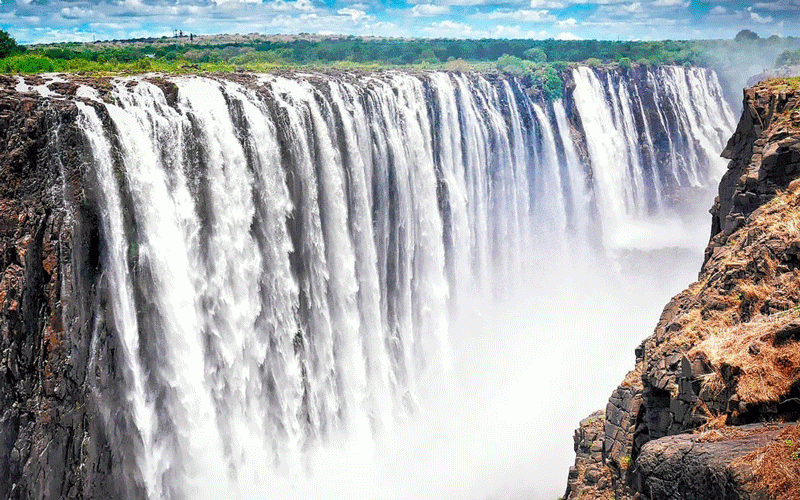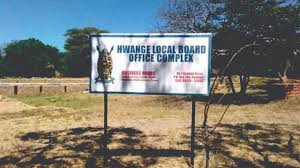
One of Africa’s most iconic natural wonders, Victoria Falls, is facing increasing threats from climate-related water risks, including recurrent droughts.
This is according to a newly released global analysis by the World Resources Institute (WRI) and Unesco
The report, which screened 1,172 non-marine Unesco World Heritage Sites worldwide, revealed that 73% of these sites are exposed to at least one severe water-related threat, including drought, flooding or pollution.
Alarmingly, 21% face a dual burden - experiencing both extremes of too much and too little water in different years.
Victoria Falls, which straddles the border between Zimbabwe and Zambia, is among the heritage sites highlighted in the study as increasingly vulnerable due to persistent drought episodes linked to shifting rainfall patterns and intensifying climate change.
Once famed for its thundering cascades and lush rainforest ecosystem, the site — inscribed as a Unesco World Heritage Site in 1989 — has, in recent years, endured periods where the mighty Zambezi River’s flow dwindled to a near trickle.
Droughts were recorded in 2016, 2019 and 2024, with rainfall arriving increasingly late in the year, extending dry spells that devastate ecosystems and disrupt livelihoods.
The site’s vulnerability poses serious risks to both ecological integrity and economic sustainability.,
- Tarakinyu, Mhandu triumph at Victoria Falls marathon
- Andrea The Vocalist, dreams big
- All set for the 2022 Econet Victoria Falls Marathon
- Econet Victoria Falls Marathon return a boon for tourism
Keep Reading
With more than one million tourists visiting annually under normal conditions, Victoria Falls is a cornerstone of the tourism economy for both countries, supporting thousands of jobs ranging from tour guides to hotel staff and craft vendors.
Its waters also feed hydroelectric dams downstream that provide power across the region.
“When the Falls suffer, people suffer,” reads part of the report.
In 2019, a year of severe drought, over 300 people in Zimbabwe were attacked by wildlife searching for food and water, while 45 million people across southern Africa required food aid due to widespread crop failures.
Power blackouts lasting up to 18 hours per day were recorded in Zimbabwe and Zambia due to low dam levels, hampering both economic activity and climate resilience efforts.
While the report classifies Victoria Falls under a “medium drought risk” category due to relatively low human development density around the site, the probability of future droughts remains high — a fact reinforced by recent trends and modelling.
Additionally, infrastructure expansion related to tourism is increasingly placing stress on the fragile environment.
“The concern is not just about how often droughts are occurring, but whether the environment and communities have time to recover before the next crisis hits,” said the authors, Samantha Kuzma (WRI) and Tales Carvalho Resende from Unesco.
Globally, other iconic heritage sites facing similar water stress include the Taj Mahal in India, Angkor in Cambodia, Yellowstone National Park in the US, and Mt. Everest’s Sagarmatha National Park in Nepal.
Despite the dire warnings, WRI says solutions are within reach.
These include better water management policies, investment in drought-resilient infrastructure, and integrating climate risk assessments into tourism and conservation planning.
As southern Africa braces for another unpredictable rainy season, the future of Victoria Falls - and the millions who depend on it may increasingly hinge on how seriously leaders take the warnings of climate scientists and conservationists.








